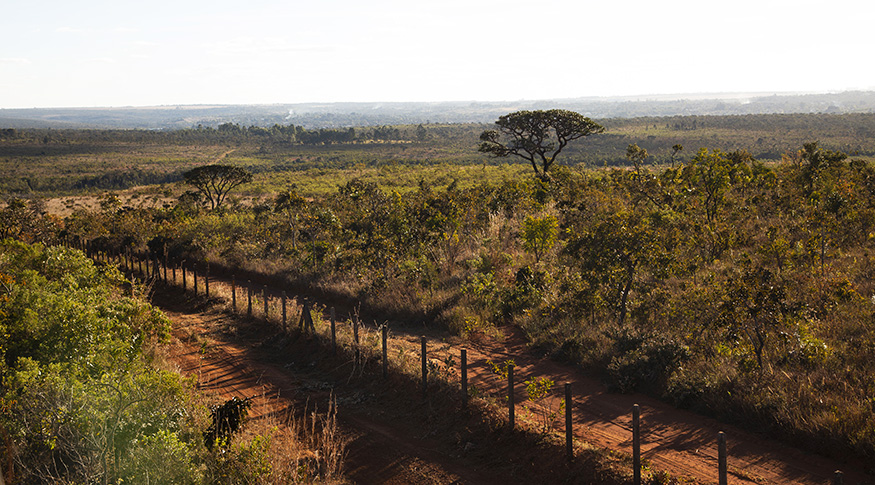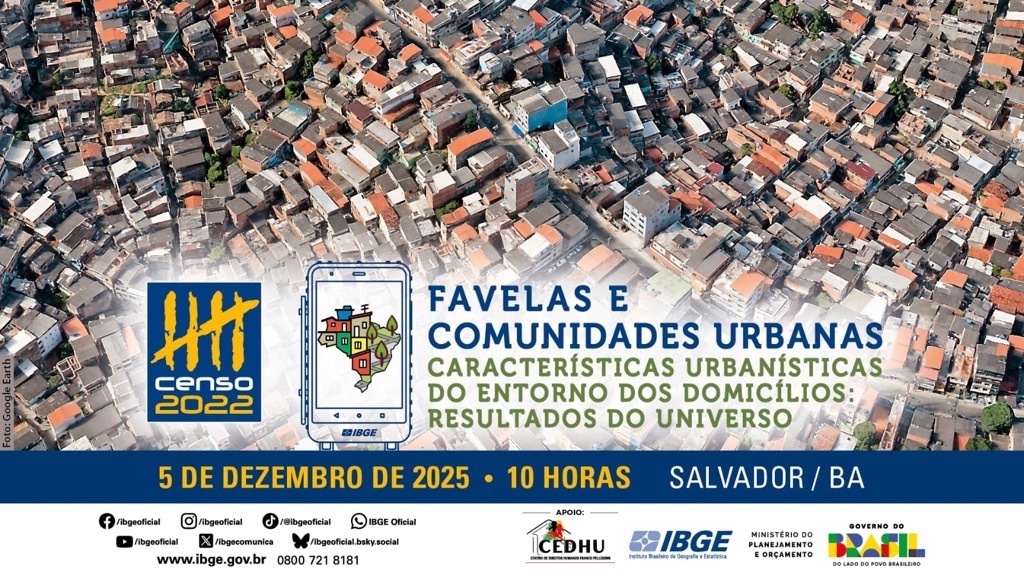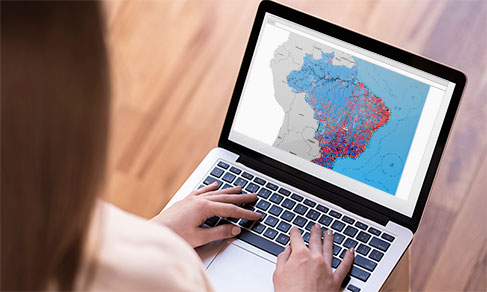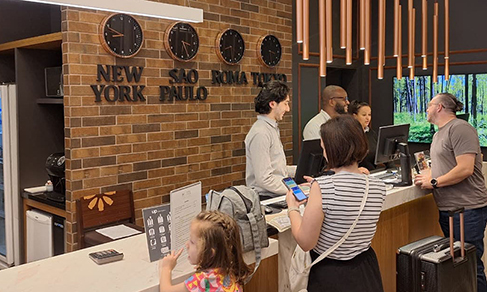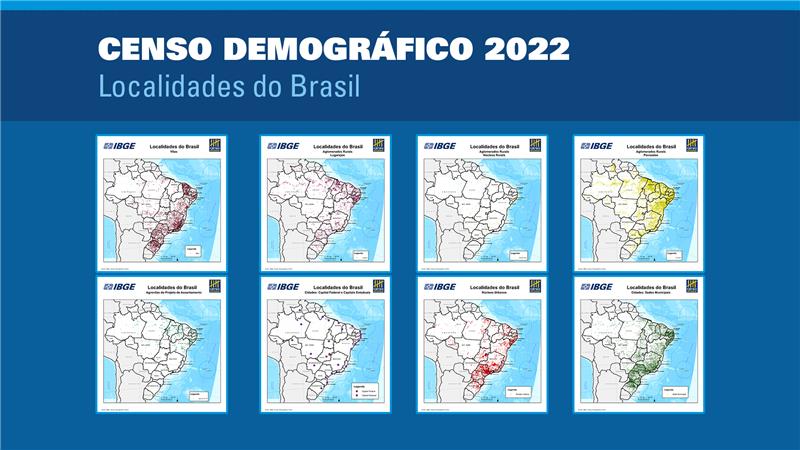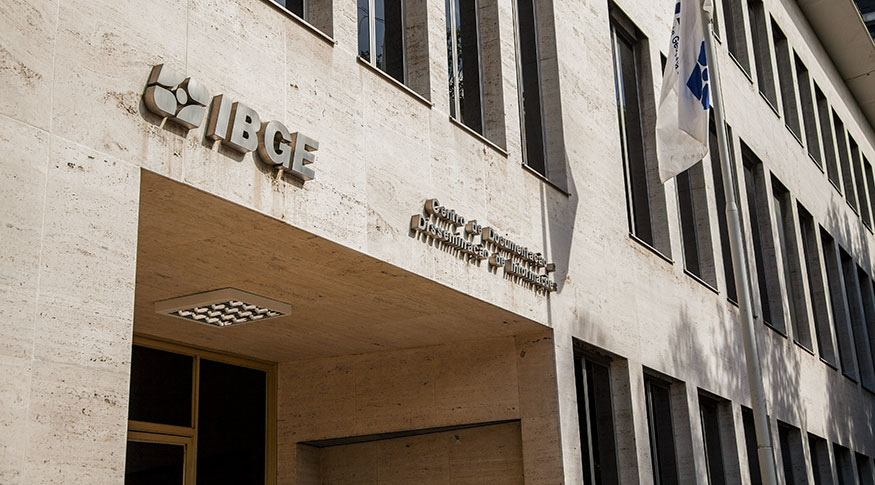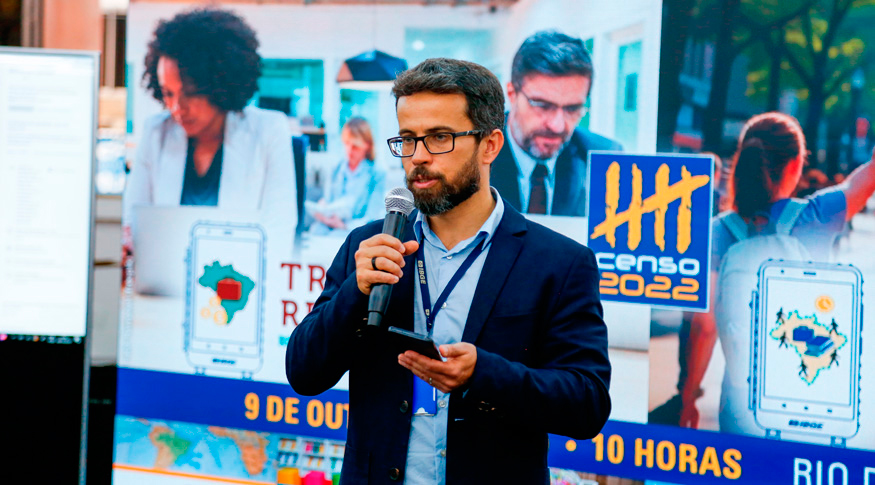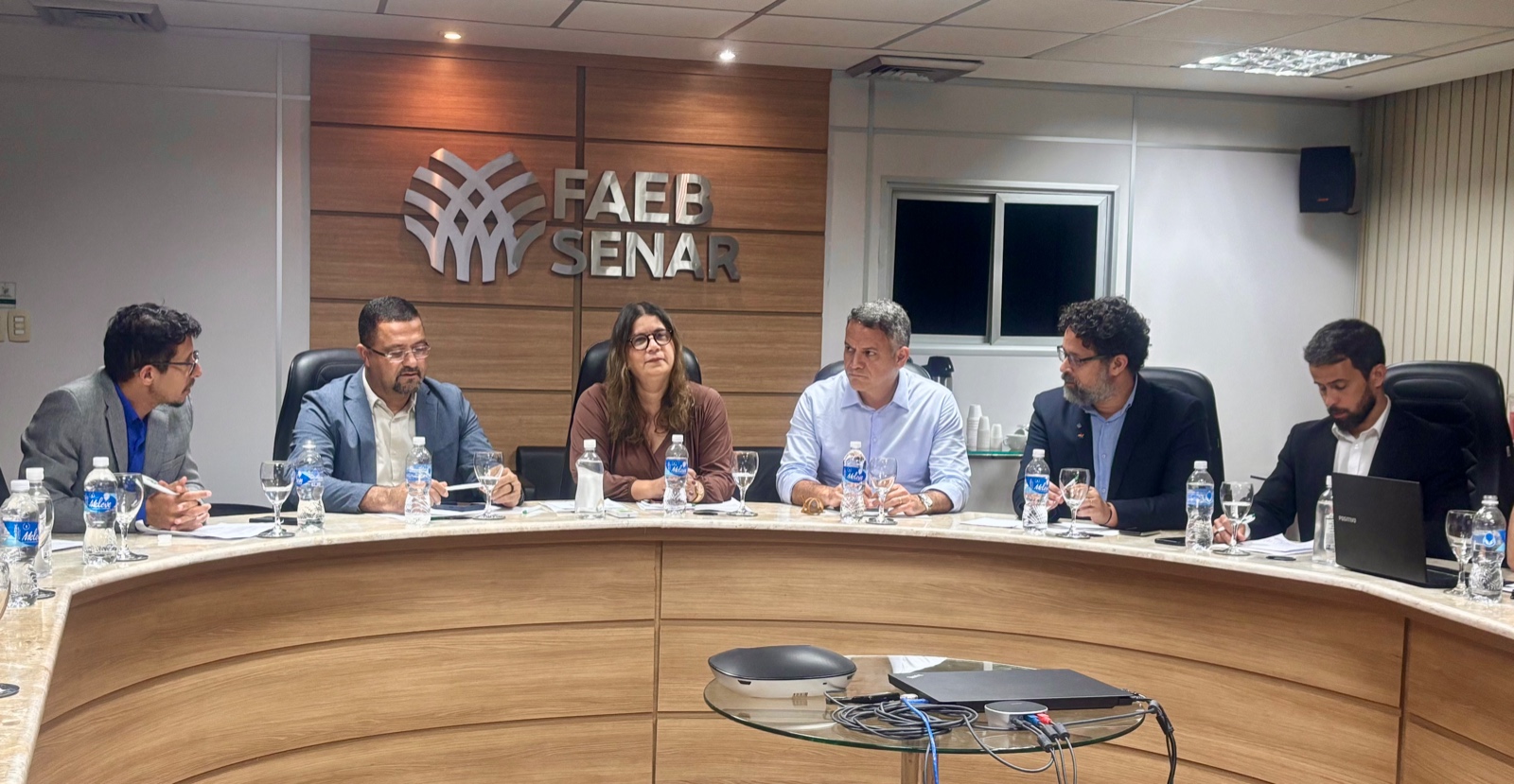Revista Retratos
Inclusive Carnival raises importance of theme disabled population
March 01, 2019 10h30 AM | Last Updated: December 03, 2019 04h23 PM

Carnival manages to gather people of several preferences and profiles. Considering that this popular party is for everybody, some Carnival blocks adhere to social inclusion as their main banner. It is the case of Eficiente block, which takes part of the party in several points of Rio de Janeiro since 2014, mainly gathering disabled kids, their relatives and friends.
"It is a way of raising awareness to this cause, the inclusion, which is so hard", explains Bruna Saldanha, journalist that created the block. Saldanha is mother of 10-year old Izabel, who has cerebral palsy. The girl motivated her mother to participate in the Carnival in a different manner. "I did not even know of other blocks with this aim, because previously [disabled] persons stayed isolated, there were two universes", tells the journalist.
In Brazil, 6.7% of the population have some disability.
The last Population Census, accomplished in 2010, pointed out that Brazil had 45.6 million disabled persons, which corresponded to 23.9% of the population. This total took into account individuals who had at least some difficulty to see, hear, walk or climb steps, and those with permanent mental disability. The degree of impairment was also asked for the first three disabilities: "cannot do at all", "great difficulty" or "some difficulty".
However, the IBGE released a technical note in 2018 reviewing these statistics. The document follows recommendation from the United Nations - UN, developed by the Washington Group on Disability Statistics, in order to be compared with census data of other countries. As a result, disabled persons became only those individuals who had "great difficulty" or "could not in any way" see, hear, walk or climb steps. When the new cut line was applied, the data of the 2010 Census showed that Brazil had 12.7 million disabled persons, the equivalent of 6.7% of the population – including the persons with mental disability.
Juliana Queiroz, an IBGE researcher, forecasts that the range scale of the degree of impairment will also be applied to mental disability in the 2020 Census, rather than the "yes" or "no" answer. She explains that the investigation of the degrees of impairment follows the changes in the concept of bio psychosocial disability, which takes into account the interaction between the person and the environment today, rather than the body structure and functionality only.
"Two bodies with the same impairment can have very different degrees of impairment. For instance, a person with some level of blindness: if they live in a country with facilitators, like traffic signals with sound for them to cross the street, they have a much smaller disability than a person who cannot see and live in a slum, in which the environment only provides impairments", explains the researcher.





